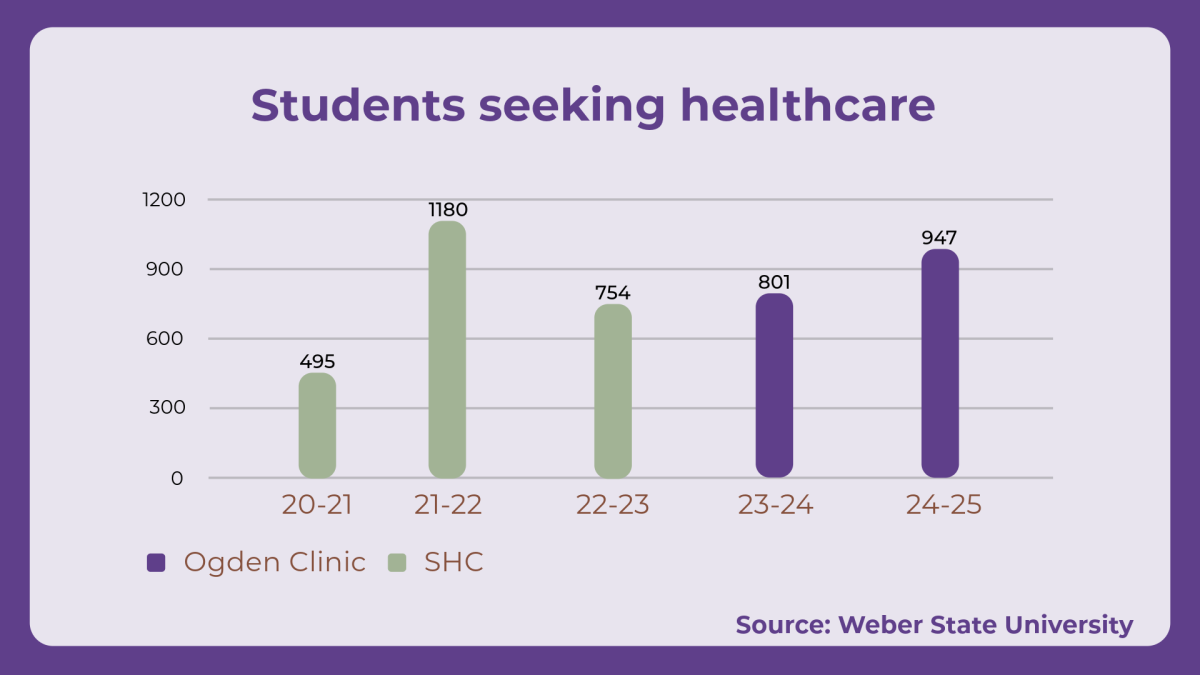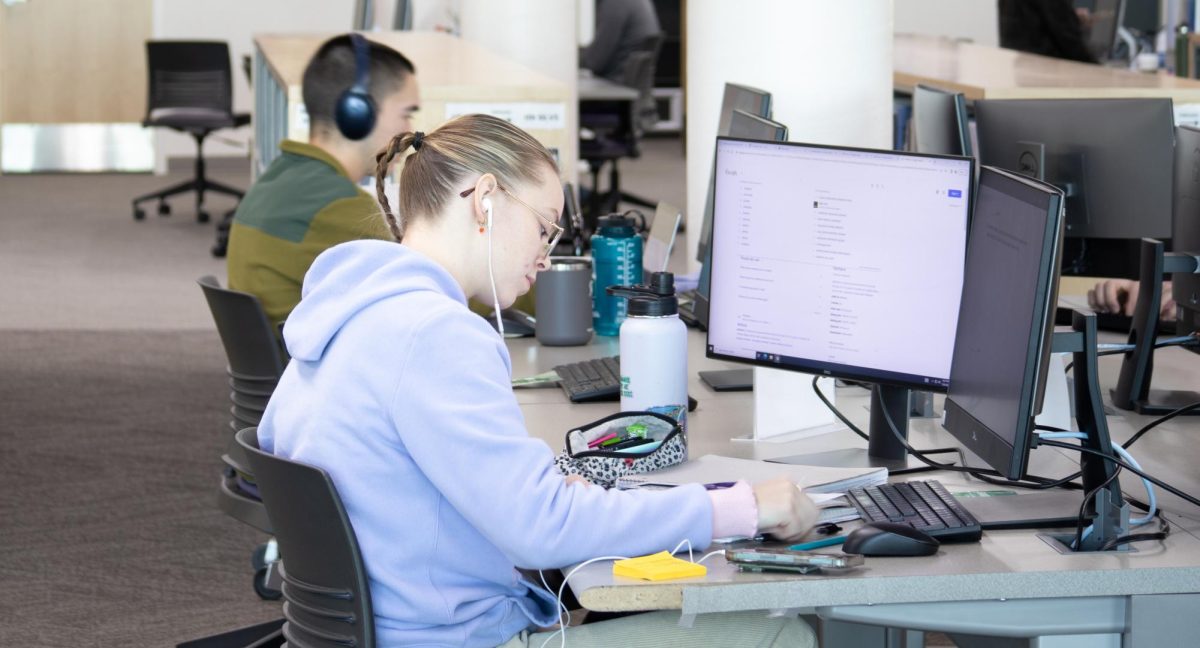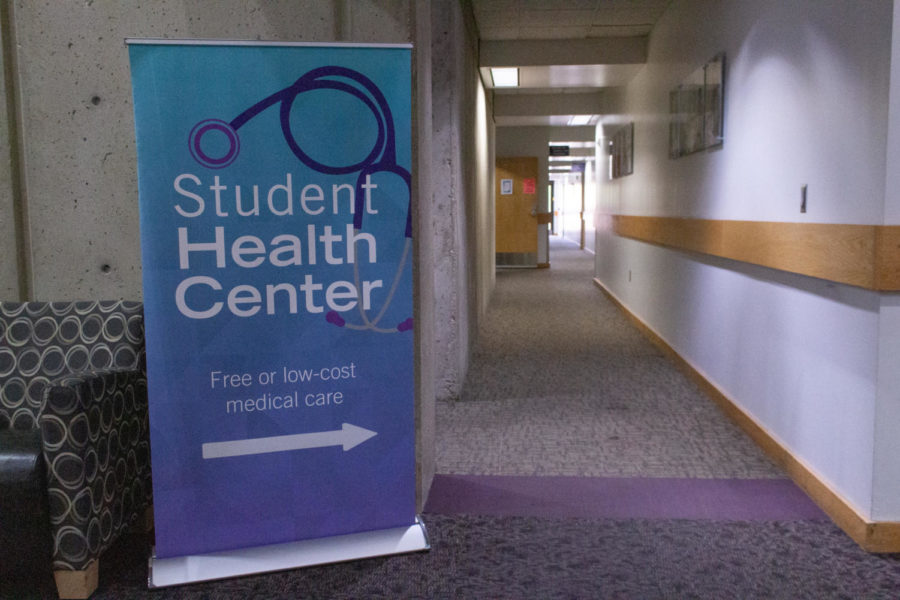Michael Olpin, director of the Weber State University health promotions program, has been teaching at WSU for 14 years. People might think that’s quite a long time and must be straining on the body. On the contrary, Olpin tries to promote healthy lifestyles and stress management with the classes he teaches. Olpin has written his own textbook for his class, “Stress Management for Life,” writing it from a student perspective. “It’s not necessarily a textbook, but when I wrote it, I thought, ‘What would I like to read as a student?’ It’s a fairly easy read,” Olpin said. He has also written a book called “The World is Not a Stressful Place.” “Stress management should not be stressful or challenging,” he said. “It’s something that’s easily attained through practice.” Britley Silvester, a junior majoring in human performance management, has taken Olpin’s mind and body wellness class. “It’s really hands-on. You learn how to meditate, we do yoga, and EFT (emotional focused therapy),” she said. Silvester also works at the WSU Stress Relief Center in hopes of furthering her knowledge and experience for her career as a wellness coach. Mara Wandrey, a junior majoring in organizational communication, does not take any of the stress management classes, but does attend the Stress Relief Center regularly. “I’ve never taken an actual class, but I do like the Stress Relief Center, because it’s quiet and there’s not a lot of activity going on,” she said. “That way, I can fully relax and recuperate.” Wandrey also said she would like to see a promotional booth that could let students get a tour of the center and how it operates. The Stress Relief Center is located on the third floor of the Swenson Gym and has three massage chairs, a Chi Machine, personal neck and foot massages, inversion tables, a biofeedback machine, and iPods that sync with lights through an app to activate brainwaves. The technology used for the center was funded through student fees, from students who take the classes, and from money put to the side for the rebuilding of the Swenson Gym. Olpin said he teaches through two angles: prevention and reduction. Prevention is teaching students how to think differently, because “stress is not out there; it’s all in the mind.” Reduction is experiential, through meditation, yoga, guided relaxation, even music. Classes are taught in a more hands-on style rather than a lecture format to help students practice stress management in the real world. Olpin also tries to tie in daily exercising and nutritional facts in class to let students learn how much those aspects affect their stress levels. “The most important thing to prevent and turn off stress is being mindful, to be where you are,” Olpin said. “Wherever you body and mind is, put your attention there, instead of where you are physically, to avoid stress.”
Author teaches classes to help relieve stress
October 29, 2013
0
More to Discover













